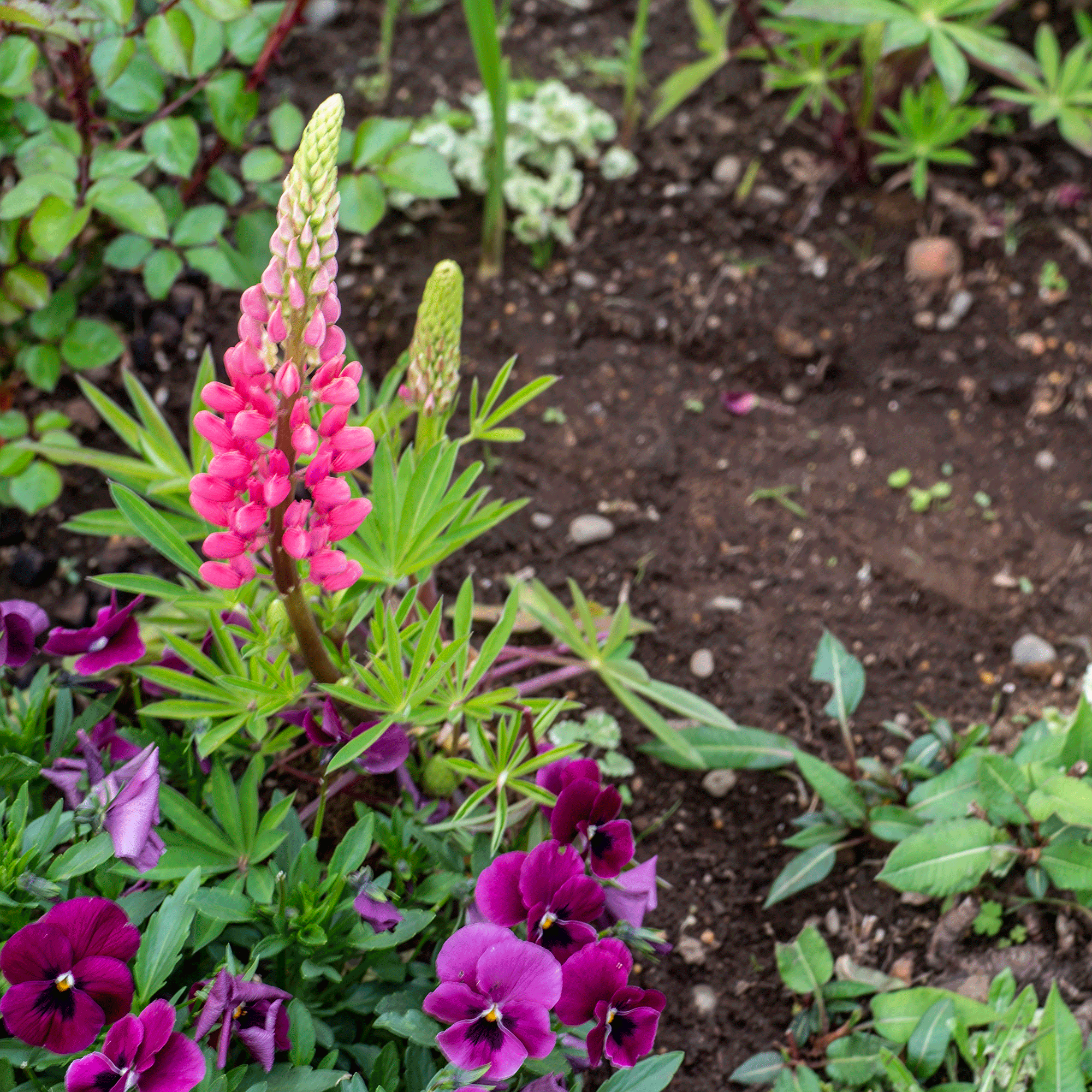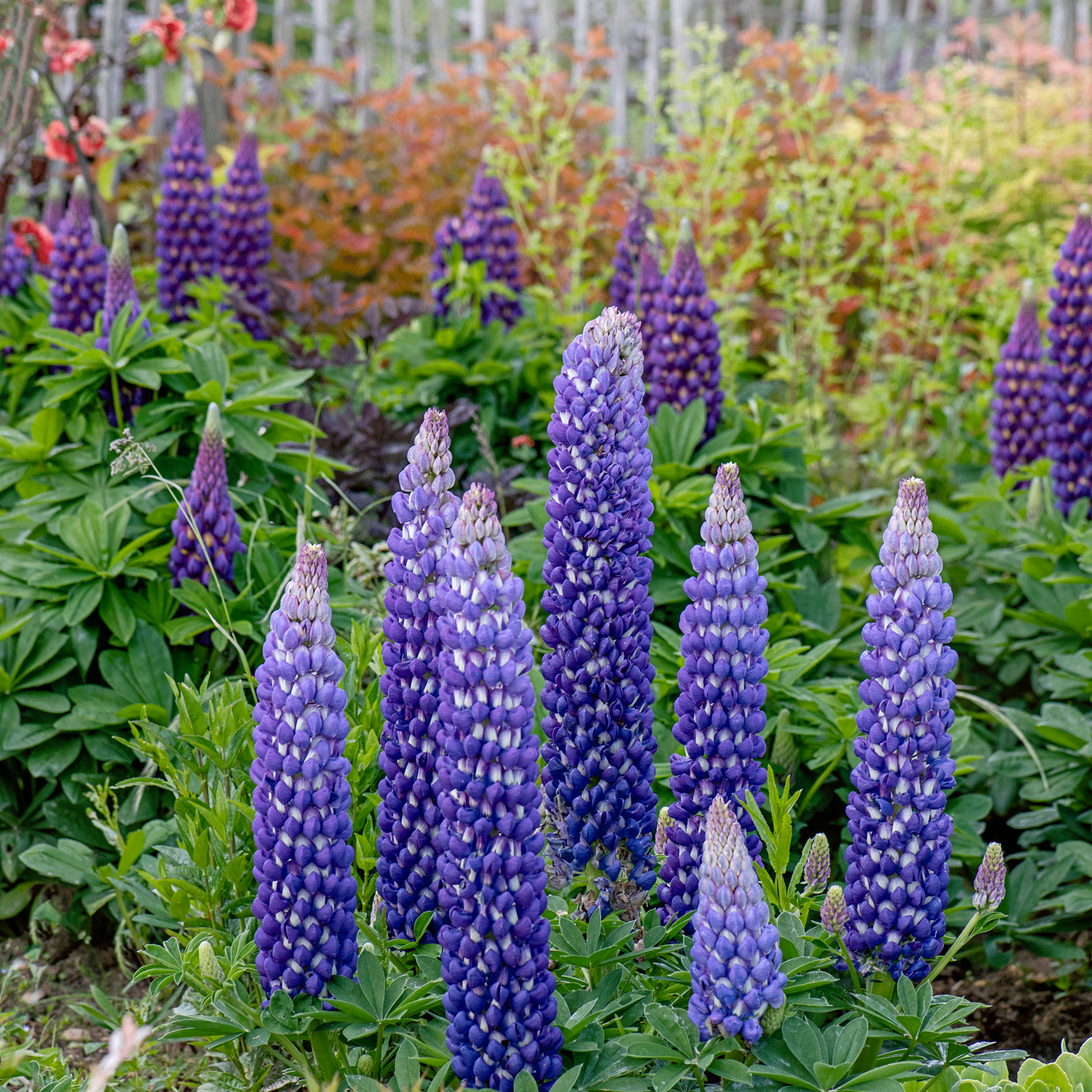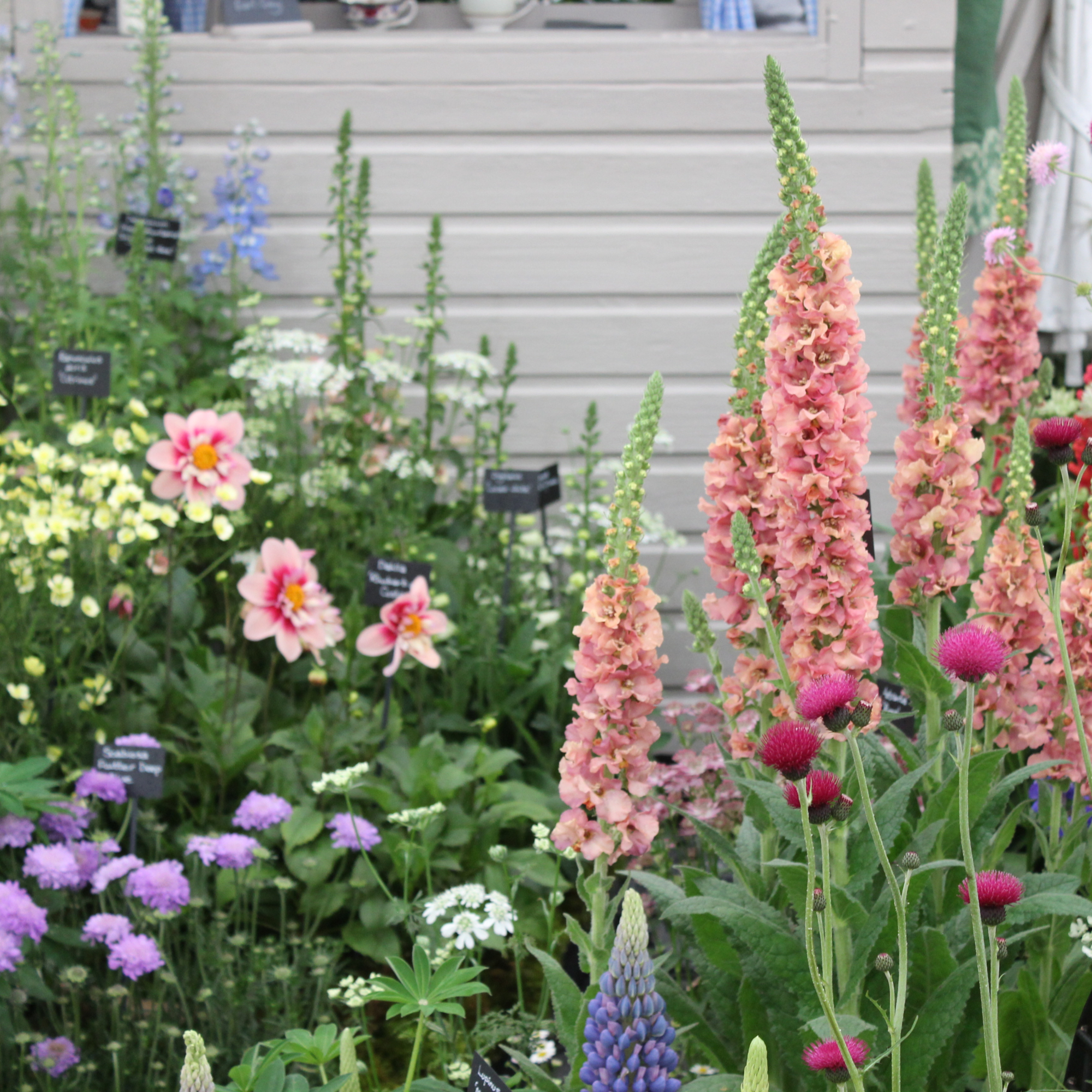How to deadhead lupins and keep them blooming for months in 3 simple steps
Keep your lupins blooming for longer thanks to our guide on how to deadhead them


EDITOR’S NOTE: An earlier version of this article included a quote from a purported expert whose credentials we have not been able to verify. The quote has been removed. We regret this lapse in our verification process and have updated our internal protocols to reduce the risk of recurrence.
Lupins are one of the most beautiful blooms to grow. Available in a wide array of gorgeous colours and hues, they're a wonderful addition to any garden border ideas. But if you’ve ever wondered if or when you should be deadheading lupins, the experts have revealed everything you need to know about taking on this gardening task.
‘Deadheading not only helps to make your plants look more attractive, but it also extends the flowering period of your plants,’ says Andrew White, gardening enthusiast at Greenhouses Direct.

‘Lupins are deadheaded in order to promote the formation of more flowering stems and to prevent it producing seed,’ reveals Angela Slater, gardening expert at Hayes Garden World. ‘Once a plant has set seed, it thinks its role to reproduce has been fulfilled and will therefore not produce any more flower stems, so it is essential that you prevent it from setting seed.’
‘Repeating this cycle of deadheading will extend the flowering season by months and the process is very simple to do,’ according to Dani Turner, customer experience director at Bunches. Which is why we have a step-by-step guide for you to follow if you’re looking to deadhead your lupins.
How to deadhead lupins - What you’ll need
- Pruning shears, secateurs or sharp scissors
- Gardening gloves; try these Spear & Jackson Gardening Gloves from John Lewis & Partners
How to deadhead lupins - step-by-step
‘Lupins are a traditional flower that perfectly emulate the ‘cottagecore’ aesthetic, while injecting colour into your garden. But unfortunately, these beautiful flowers lose their spikes soon after flowering. So deadheading is essential for maintaining the blooms and allowing the colourful spikes to grow back, letting you enjoy this flower for longer,’ says Lucy Rhead, gardening enthusiast at Gtech.

1. Locate the dead spikes
Lupins are known for their characteristically spiky appearance and it is these spikes that you want to pay particular attention to.
‘Lupins die from the bottom up,’ Lucy discloses. ‘So look out for furry brown pods near the bottom of the shoot. This can happen a few weeks after flowering.’
Sign up to our newsletter for style inspiration, real homes, project and garden advice and shopping know-how
‘Once you have noticed that the flowers near the tip of your lupin plants have begun to lose their vibrancy and appear wilted it is time to deadhead your plant,’ outlines Andrew.
Essentially you’re looking for the faded flowers on the lupin plant. If they’ve lost their vibrant colour or are starting to droop or wither, this is the biggest indication that they are ready to be deadheaded.
2. Prepare to cut
‘The easiest way to deadhead is to use scissors, a sharp knife or secateurs on the flower spike,’ relays Dani. However, ‘be sure to avoid the leaves.’
‘Using your secateurs, follow the flower stem down to where it meets the main stem or a leaf node,’ instructs Tim Marshall, head gardener at Raby Castle & Estate. ‘Position your secateurs just above the leaf node or the main stem. Make a clean cut by snipping the stem at a 45-degree angle. This helps minimise damage to the plant and promotes better healing.’
If you have some more time on your hands, you can use a sharp knife to ‘slide down the side of the stem and the pods will easily fall off – this is often a good way to keep the plant looking neat, but it is more time-consuming,’ Dani adds.
Remember to wipe over the blades of your tool after use, to make sure they’re clean and won’t spread plant diseases.

3. Dispose of the flowers
Once you’ve removed all the wilted flowers and completed your deadheading, you’ll want to ensure that you dispose of these cuttings. Not only does it help to keep your garden looking tidy and orderly but it also prevents them from self-seeding.
You can either put the deadheads in a compost heap. Or, alternatively, they can be disposed of in your garden waste bin.
After you’ve deadheaded your lupin plants, don’t forget to thoroughly water the remaining plant to help encourage recovery and future growth.
‘Throughout the summer, keep an eye on your lupin plants. As you notice that the flowers begin to fade, repeat the deadheading process and watch your plants continue to bloom all summer,’ says Andrew.

FAQ
When is the best time to deadhead lupins?
‘Lupins should be deadheaded as soon as the flower spike has gone past its best and the bottom florets have started to die off,’ suggests Angela.
‘The best time to deadhead lupins is in the late spring and early summer as this will encourage your lupin to continue to bloom throughout the summer,’ recommends Andrew. ‘A few weeks after blooming, you will begin to notice that the flowers on your lupin have begun to wilt and lose vibrancy, this is the ideal time to deadhead your plant.’
When should you not deadhead lupins?
‘You shouldn't deadhead lupins while they're still flowering, as this could prevent the second bloom from starting,’ warns LeisureBench’s garden expert, Steve Chilton.
Also, ‘don’t be tempted to deadhead lupins before they have lost their colour and don’t deadhead any small shoots, as they will replace the dead blooms you are removing,’ outlines Lucy.
If you do skip deadheading and gather seeds the best time to plant lupin seeds will be in February or early Spring.
Whether you want to keep your lupins blooming for longer, or hold out for seeds to propagate, follow our tips for deadheading and you won't go wrong.

Ellis Cochrane has been a Freelance Contributor for Ideal Home since 2023. Ellis has been writing about homes, interiors and gardens for four years now, with her also contributing to House Beautiful, Country Living, Expert Reviews, Real Homes and Stylist.